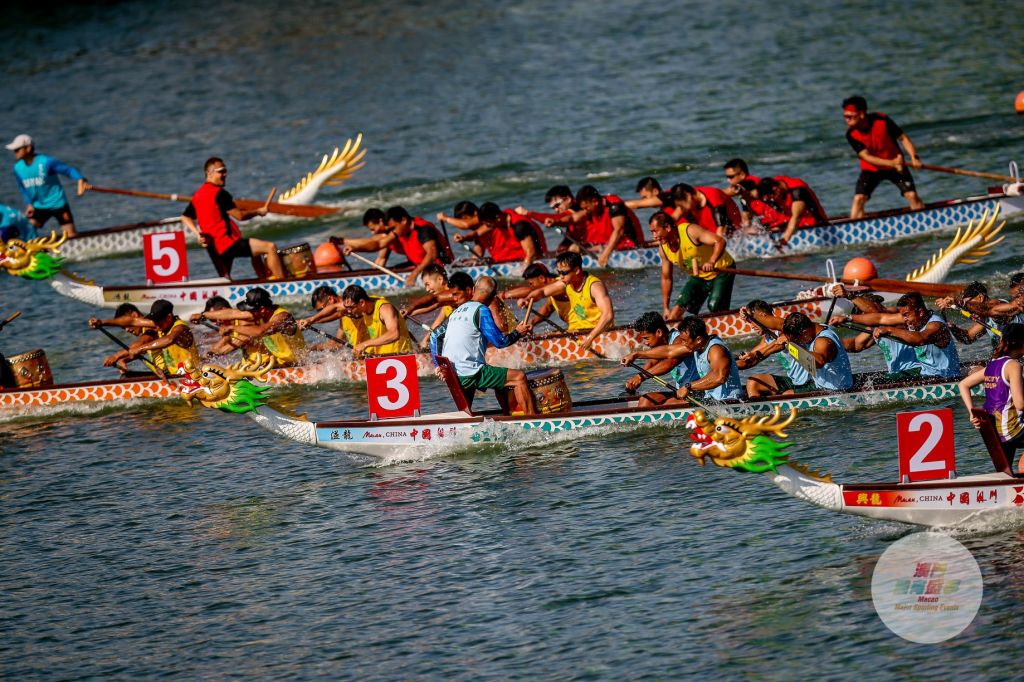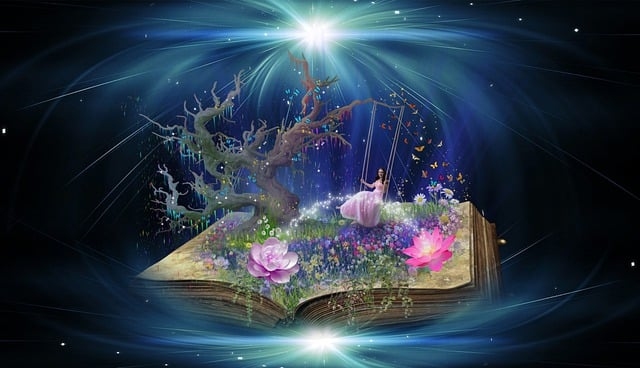
Since ancient times to present time, there have been a great many Chinese Taoist priests who claim to do a wide variety of paranormal; occult; magical feats. Taoist priests have claimed to perform exorcisms of demons and unwanted spirits inside of people, cause heavy rain and thunder storms during times of drought, talked with the dead, produce curses on enemies, among many other things. Taoist priests are called by their clients to perform blessings on people for good health and wealth, on farm land for a good, bountiful harvest, buildings and private homes for safety and prosperity to those inside. Sometimes, Taoist priests are hired to bless villages and towns and even an entire city.
At the annual Chinese Dragon Boat Festival, sometimes a boat crew hires a Taoist priest to bless the boat so it safely wins in the race competition the big prize. The Dragon Boat Festival is an ancient traditional Chinese holiday that occurs in the fifth day of the fifth month of the Chinese calendar. The Chinese calendar is lunisolar, so the date of the festival varies from year to year upon the Gregorian calendar used by the Western civilization. There are a number of different theories on how the dragon boat festival began. In native Chinese religion, there are a great many deities. Most of these Chinese deities are males. There were over two hundred gods and goddesses worshiped throughout ancient China, but if a person were to count every divinity or spirit that number would be over a thousand.
According to one source on the internet, ten of the most popular Chinese deities are as follows: Pan Gu-The God of Creation, Nuwa-The Goddess of Humankind, Fuxi-The God of Knowledge, Guan Yin-The Goddess of Mercy and Compassion, Gonggung-The Water God, Yu The Great-The Demigod, Hou Yi-The God of Archery, Chang’e-The Moon Goddess, Sun Wukong-The God of Mischief, and Chi Kun-The Unicorn’s Prophecy God.
Taoist priests pray to these divinities, as well as to many other divinities, while asking for various material favors and spiritual favors. Taoist priests often pray in the form of using rituals that commonly include the burning of pleasant incense and in some cases fellow laity are dressed in costumes to represent demons or angels. There have been exorcism rituals in which Taoist priests cast out a demon or demons with a costumed Taoist laity individual or individuals performer or performers act out the role of the demon or demons being banished. Sometimes taoist clergy pray over lighted candles while inside their temples. In certain cases, Taoist priests bless various physical structures and areas of land by throwing small pinches of salt that was previously blessed, while praying. Also, in their spiritual rituals, there are many Taoist laity who do a standing bowing, a few times, upon that which is being blessed.
Taoist priests often wear two types of robes, the poncho-like jiangyi (robe of descent, referring to either the descent of the priest from the altar or the spirits to the altar) or the wide sleeved cross collared gown called daoyi. The Taoist priest’s dcopgo (daoyi) is worn by middle ranks Taoist priests; it is red in color and has motifs at the back and front, on the sleeves. Taoist priests also do services common to the priests of other religions as perform marriage ceremonies, administer last rites to the very sick that are dying, and officiate at funerals with special masses for the soul of the dead. Over the centuries, Taoist religionists have created many personal talismans; amulets; charms. These things consisted of Taoist (Daoist) magical incantations and magical symbols and figures that were written or painted on thick pieces of heavy paper. Such an occult practice is called in the Manadrin Chinese language as Fulu Pai or the Fulu sect that includes an informal group of Taoist priests from different schools of Daoism.
Magical scripts on the paper are believed by their Taoist priest creators as being able to establish communication with local deities and spirits, protection against evil, to help maintain good health, etc., etc. These paper charms commonly have been made on white paper, red paper, and other colors that includes black ink, red ink, and sometimes other colors. The clergy have produced, over the centuries, many paper charms that are absolutely beautiful, colorful works with exquisite calligraphy that are, all in all, great artwork. Some paper amulets were worn but ceased to be worn when marking began to fade and the paper was being damaged. Other paper talismans were meant to be placed near something as atop the main entrance of the inside of the temple to protect against the elements and weather.
The temples of the Taoist priests, like the temples of other religions, are sacred structures. For centuries and centuries, scrolls; books on performing magical spells and magical paper charms were written by the Taoist clergy, then preserved in their private “libraries” not viewed by the public, and really not even known by the (general) public. In regards to the religions of China, Taoism seems to be the religion that had the most magical practices, followed by certain sects of Buddhism, especially Tibetan Buddhism.
Many Oriental people, including Westerners, have studied Chinese Taoist magic for years and years and then wrote many interesting books on the subject. A lot of delightful information Chinese Taoist magic is on the internet.




